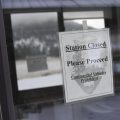ICYMI: Highlights from the week that was Jan. 5 – Jan. 12, 2019
No one can keep up with everything, so let us do it for you. We’ll gather the top Smithsonian stories from across the country and around the world each week so you’ll never be at a loss for conversation around the water cooler.
To add further insult to the injury of the Federal shutdown, this week we learned that gigantic interstellar objects are hurtling toward the Sun and our certain doom.

Warhol Foundation Overturns 8-Year Smithsonian Funding Ban
The New York Times, January 11
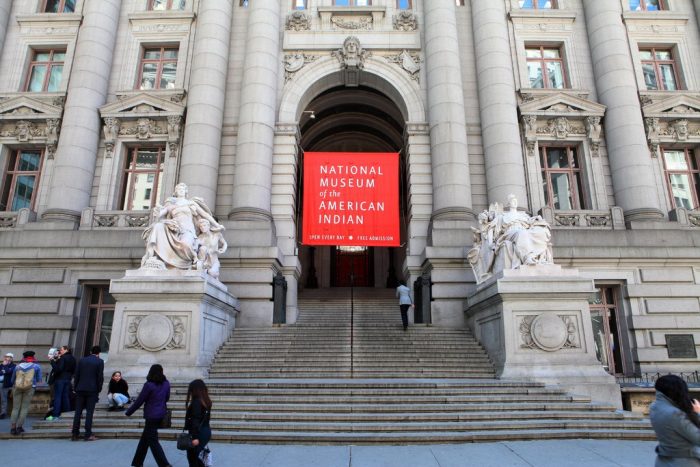
A retrospective of work by the painter Oscar Howe will be at the Smithsonian’s National Museum of the American Indian in New York, with support from the Warhol Foundation.CreditCreditRaymond Boyd/Getty Images
The Andy Warhol Foundation for the Visual Arts has announced that it will award $100,000 to the Smithsonian’s National Museum of the American Indian — ending an eight-year-old ban on providing money to the Smithsonian Institution.
The money will go to a retrospective exhibition of work by the painter Oscar Howe, who was a member of the Yanktonai Dakota tribe. The show will be at the National Museum of the American Indian’s New York facility.
The ban was instituted in 2010 when the National Portrait Gallery removed David Wojnarowicz’s video “A Fire in My Belly” from its exhibition “Hide/Seek: Difference and Desire in American Portraiture” because of political pressure. The Warhol Foundation had supported the show and saw the removal of the artwork as an example of “blatant censorship.” Read more from Peter Libbey for The New York Times.
Government Shutdown Hits Funding, Resources, and Morale in Science
From missing paychecks to delayed grants to canceled travel, federal research is feeling the sting.
The Scientist, January 11
The standoff between Congress and President Donald Trump over funding for a wall on the southern border has left the US government partially shut down for three weeks with still no end in sight. Work at several agencies has ground to a halt and the effects are rippling across the research world.
Here’s an overview of how the shutdown affects science: Read more from Carolyn Wilke for The Scientist.
House passes legislation to fund Interior Department, EPA, provide back pay for federal workers
The Washington Times, January 11
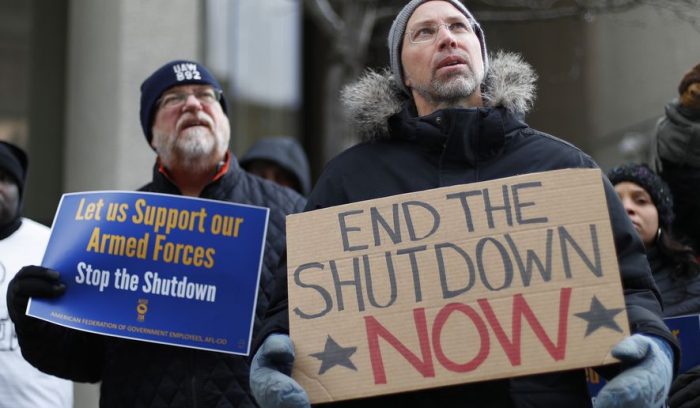
Bryan Manning, right, an Environmental Protection Agency employee, holds a sign at a rally to call for an end to the partial government shutdown in Detroit, Thursday, Jan. 10, 2019. (AP Photo/Paul Sancya)
The House on Friday passed another spending bill that would reopen parts of the federal government, including the Interior Department, Environmental Protection Agency and national parks.
The House also approved legislation the Senate passed Thursday by voice vote to ensure that federal employees who are furloughed or working without pay would receive back pay when the partial government shutdown ends.
Even amid a White House veto threat, House Democrats are passing individual spending bills this week that don’t include new money for President Trump’s border wall. They’re trying to ratchet up pressure on Republicans anxious to end the shutdown that’s about to enter its fourth week.
The spending bill includes about $36 billion for the Department of Interior, National Park Service, Environmental Protection Agency and Smithsonian Institution, among other priorities. Read more from David Sherfinski for The Washington Times.
CAN I FILE TAXES DURING THE GOVERNMENT SHUTDOWN? WILL SHUTDOWN AFFECT MY TAX RETURN? IRS SHARES PLANS FOR TAX SEASON
Newsweek, January 11
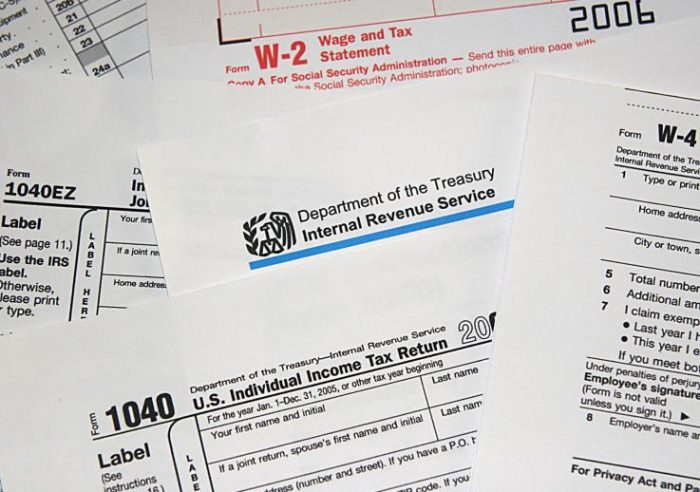
The first day to start filing taxes is on January 28. Even during a government shutdown, taxes are still due.
KAREN BLEIER/AFP/GETTY IMAGES
s the partial government shutdown approaches historic records for length, Smithsonian museums still aren’t open to the public, leaving visitors disappointed. However, the good news is that since people can’t spend time enjoying museums, they have more time to file their taxes because, even during a shutdown, they’re still due.
While the Internal Revenue Service (IRS) has been operating with about only 12 percent of its workforce because of the shutdown, furloughed employees will be called back to work to help with returns. The IRS will begin processing returns on January 28, although, for most of the country, the final deadline to file won’t be until April 15. Read more from Jenni Fink for Newsweek.
Interstellar Objects like Oumuamua Probably Crash into the Sun Every 30 Years or so and 2 Pass Within the Orbit of Mercury
Universe Today, January 10
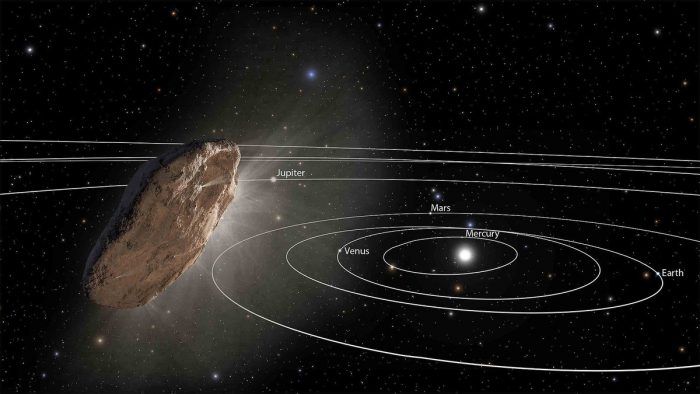
On October 19th, 2017, the Panoramic Survey Telescope and Rapid Response System-1 (Pan-STARRS-1) in Hawaii announced the first-ever detection of an interstellar object, named 1I/2017 U1 (aka. ‘Oumuamua). In the months that followed, multiple follow-up observations were conducted to learn more about this visitor, as well as resolve the dispute about whether it was a comet and an asteroid.
Rather than resolving the dispute, additional observations only deepened the mystery, even giving rise to suggestions that it might be an extra-terrestrial solar sail. For this reason, scientists are very interested in finding other examples of ‘Oumuamua-like objects. According to a recent study by a team of Harvard astrophysicists, it is possible that interstellar objects enter our system and end up falling into in our Sun somewhat regularly. Read more from Matt Williams for Universe Today.
Preventing another ‘Miracle on the Hudson’ emergency
Training increases for pilots
NBC10 News (Charlotte) via CNN, January 13
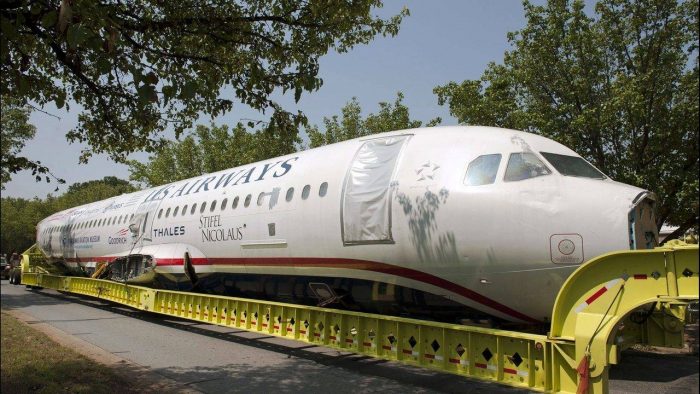
The Airbus that pilot Chesley “Sully” Sullenberger landed on the Hudson River is pulled along Yorkmont Road as it makes its way to the Carolinas Aviation Museum on June 10, 2011, in Charlotte, North Carolina.
Ten years after what came to be known as the “Miracle on the Hudson,” it’s still amazing that everyone aboard US Airways Flight 1549 survived.
This week marks the 10th anniversary of arguably the most famous emergency landing in modern aviation history. Read more from Aaron Cooper for CNN.
Posted: 13 January 2019
-
Categories:
American Art Museum , Astrophysical Observatory , News & Announcements


